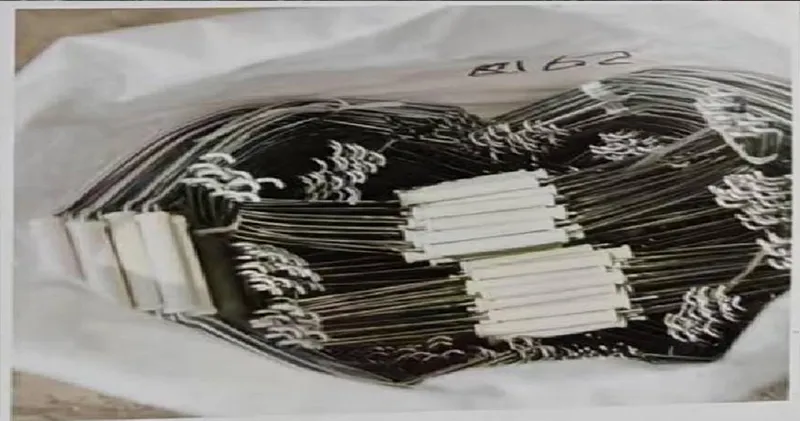-
 Phone:
Phone: -
 Email:
Email:

barbed wire fence
The Significance and Symbolism of Barbed Wire Fences
Barbed wire fences have been a significant part of construction and agricultural practices since their invention in the late 19th century. Originally developed to provide a cost-effective solution for keeping livestock contained and protecting crops from predators, these fences have evolved into a multifaceted symbol encompassing various social, political, and cultural meanings.
Historical Perspective
The invention of barbed wire in 1873 by Joseph Glidden revolutionized farming practices, especially in the expansive and often lawless American West. Traditional wooden fences were expensive and labor-intensive to maintain. Barbed wire provided a simple, effective alternative that could be produced quickly and inexpensively. It enabled settlers to enclose their lands, protect their livestock, and establish boundaries in a rapidly changing environment. This invention facilitated the expansion of agriculture, transforming the landscape of the American frontier and contributing to the growth of the nation.
Agricultural Necessity
In modern agriculture, barbed wire fences continue to serve essential functions. They are used to manage grazing land, separate different herds, and protect crops from wildlife. The sharp, pointed barbs deter animals from attempting to breach the fencing, ensuring that livestock remain safe within their designated areas. Furthermore, these fences are crucial in maintaining the integrity of pastures and preventing overgrazing, which can lead to soil erosion and habitat destruction.
Symbol of Division and Conflict
barbed wire fence

Beyond their practical uses, barbed wire fences carry significant symbolic weight. In many contexts, they represent division and confinement. Notable historical examples include the use of barbed wire during World War I, where it was commonly deployed to create barriers between opposing forces. Additionally, barbed wire fences were infamously used in concentration camps during the Holocaust, serving as a haunting reminder of cruelty and oppression.
In contemporary society, barbed wire continues to symbolize division, particularly in political contexts. The construction of boundary fences between nations often employs barbed wire to deter illegal crossings and reinforce territorial claims. These barriers highlight the complexities of immigration, security, and national identity. The portrayal of barbed wire in media often evokes strong emotional responses, reflecting the struggles faced by individuals seeking freedom and refuge.
Cultural Representations
In literature and the arts, barbed wire has emerged as a powerful metaphor. Many authors and poets have utilized barbed wire to symbolize barriers—be they emotional, social, or physical—that individuals face in their lives. For instance, the imagery of barbed wire can evoke feelings of entrapment, pain, and struggle. Meanwhile, artists have incorporated barbed wire into their work to challenge viewers to confront themes of conflict and separation, urging them to reflect on societal issues.
Conclusion
In conclusion, barbed wire fences are much more than utilitarian structures; they signify a complex interplay of historical, agricultural, and symbolic meanings. While they serve an essential role in protecting livestock and managing land, they also evoke a deeper dialogue about division, conflict, and personal struggle. As society continues to grapple with issues of borders and barriers, the significance of barbed wire will undoubtedly endure, reminding us of the multifaceted nature of human existence and the perpetual quest for freedom. Whether viewed as a tool of protection or a symbol of separation, barbed wire remains a poignant element of both our tangible world and our collective consciousness.
-
Wire Mesh for Every Need: A Practical SolutionNewsJul.25,2025
-
Steel Fences: Durable, Secure, and Stylish OptionsNewsJul.25,2025
-
Roll Top Fencing: A Smart Solution for Safety and SecurityNewsJul.25,2025
-
Cattle Farm Fencing Solutions for Maximum SecurityNewsJul.25,2025
-
Affordable Iron Binding Wire SolutionsNewsJul.25,2025
-
Affordable Galvanized Wire SolutionsNewsJul.25,2025
-
Wire Hanger Recycling IdeasNewsJul.25,2025








